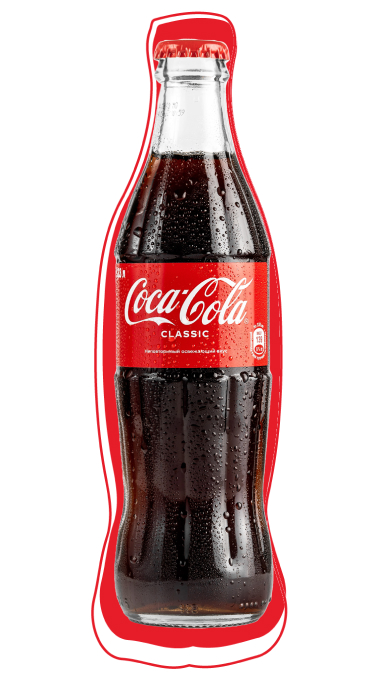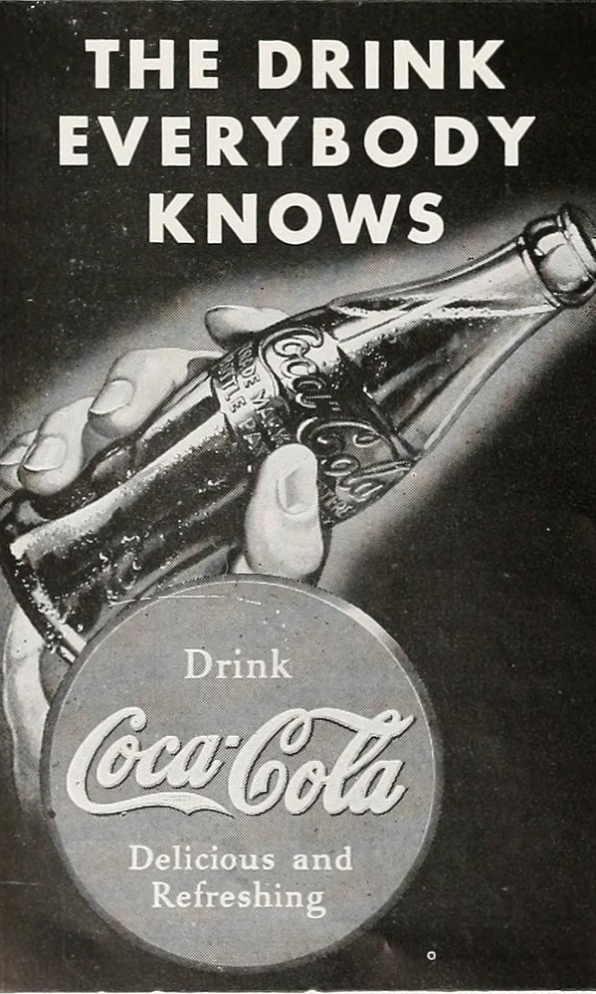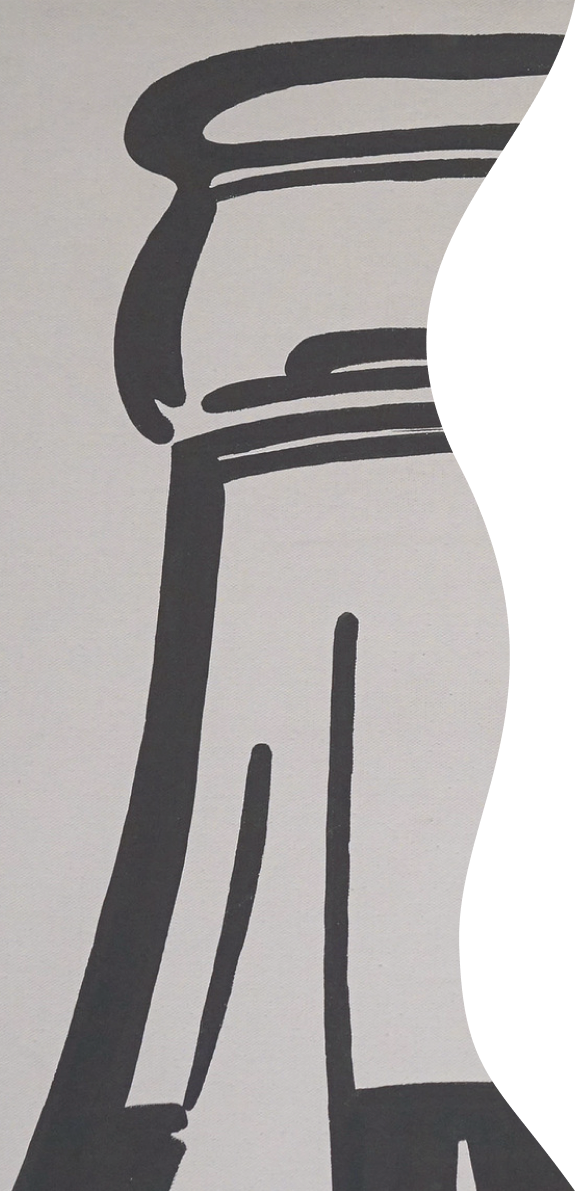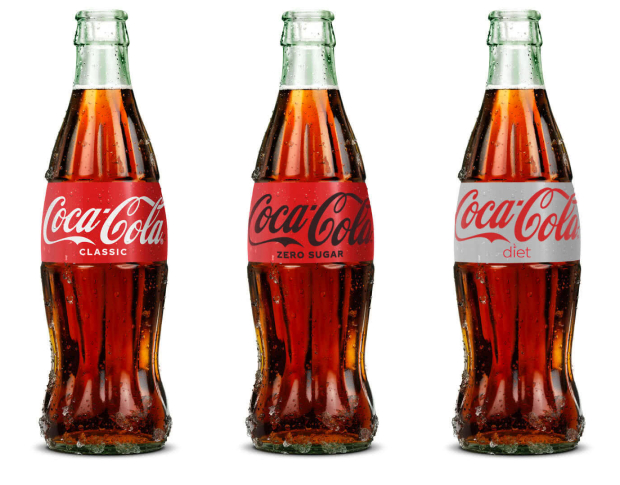Renowned as a design classic and described by noted industrial designer, Raymond Loewy as the “perfect liquid wrapper,” the bottle has been celebrated in art, music and advertising. When Andy Warhol wanted a shape to represent mass culture, he drew the bottle and when Volkswagen wanted to celebrate the shape of the Beatle, they compared the car to the bottle.
How did the bottle become so iconic?
It began with the desire to protect brand Coca-Cola and was a cooperative project between The Coca-Cola Company and its bottlers.

In 1899, two Chattanooga lawyers, Joseph Whitehead and Benjamin Thomas, traveled to Atlanta to negotiate the rights to bottle Coca-Cola. The product had been an increasingly popular soda fountain drink established a mere 13 years previously. In fountain form, Coca-Cola grew from an average of nine drinks per day sold in 1886 to being sold in every state of the US by 1900. Thomas and Whitehead wanted to capitalise on the popularity of the drink by bottling it to be consumed outside the four walls of a soda fountain.
The bottles used in those days were simple straight-sided bottles that were typically brown or clear. The Coca-Cola Company required that the bottlers emboss the famous Coca-Cola logo onto every bottle. However, competitor brands like Koka-Nola, Ma Coca-Co, Toka-Cola and even Koke copied or only slightly modified the Spencerian script logo. These competitor bottles created confusion among consumers.
On April 26, 1915, the Trustees of the Coca-Cola Bottling Association voted to expend up to $500 to develop a distinctive bottle for Coca-Cola. So, eight to 10 glass companies across the U.S. subsequently received a challenge to develop a “bottle so distinct that you would recognise if by feel, in the dark or lying broken on the ground.” With that simple creative brief, the competition was on.


The Coke bottle has been called many things over the years. One of the more interesting of the nicknames is the “hobbleskirt” bottle. The hobbleskirt was a fashion trend during the 1910s where the skirt had a very tapered look and was so narrow below the knees that it “hobbled” the wearer.
The bottle was also called the “Mae West” bottle after the actress’s famous curvaceous figure. The first reference to the bottle as a “contour” occurred in a 1925 French Magazine, La Monde, which described the Coca-Cola bottle with a distinctive contour shape. To the general public, the shape is just “the Coke bottle.”
One of the interesting notes about the shape is that while it is almost universally recognised, the form has evolved over the years. Just as the original patent from 1915 was a slightly fatter shape than the bottle that went into production, todays aluminium bottle is a 22nd century update of the classic design.
While Andy Warhol is the artist most known for using the Coke bottle in art, the first popular artist to incorporate the bottle in a painting was Salvadore Dali, who included a bottle in his 1943 work, Poetry in America.
The Grocery Store, cemented the “pop art” movement and enshrined the bottle as a favourite or succeeding generations of artist. Warhol’s quote from his 1975 book, The Philosophy of Andy Warhol, sums up the artist's choice of the bottle to represent mass culture.

“You can be watching TV and see Coca-Cola, and you know that the president drinks Coke, Liz Taylor drinks Coke, and just think, you can drink Coke, too.”